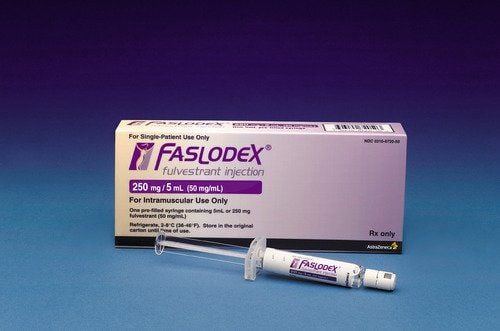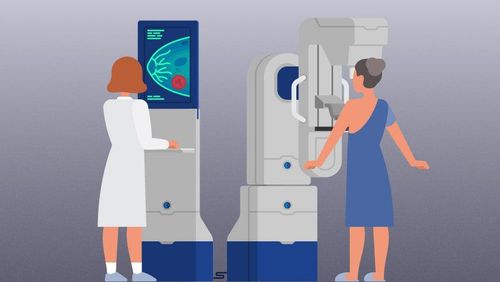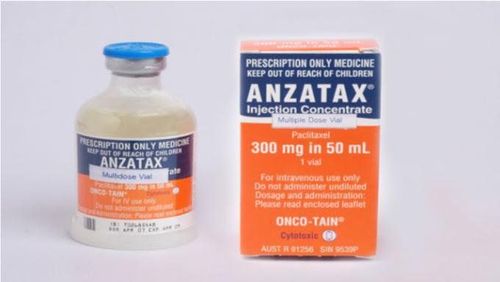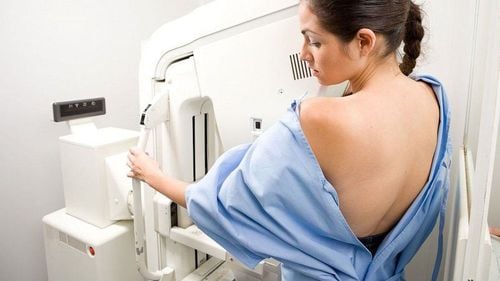This is an automatically translated article.
The article is professionally consulted by Master, Doctor Tong Diu Huong - Radiologist - Department of Diagnostic Imaging - Vinmec Nha Trang International General Hospital.Breast cancer is one of the most common types of cancer in women. In Vietnam alone, an average of 12,000 cases of breast cancer are detected each year, followed by 4,000 deaths caused by this terrible disease.
Breast cancer, in case the disease is detected at an early stage, the cure rate can be up to 80-90%; and if detected late, the possibility of treatment will be very low, about less than 20%. Therefore, screening to detect breast cancer at an early stage is extremely important and urgent.
1. Breast cancer and its dangers
Breast cancer is a phenomenon where malignant tumors appear in breast cells, grow quickly, and can even spread to other organs in the body, endangering human life. . Breast cancer is mostly found in women, but there are still cases of men being diagnosed with the disease.
Previously, nearly all cases of breast cancer were detected at a late stage, even the cancer cells may have metastasized to other parts of the body, making the chances of a cure difficult. value is very low. Therefore, screening to detect the disease at an early stage is very important, the chance of a complete cure is possible. Mammography is considered by experts to be one of the most basic methods of screening for breast cancer.
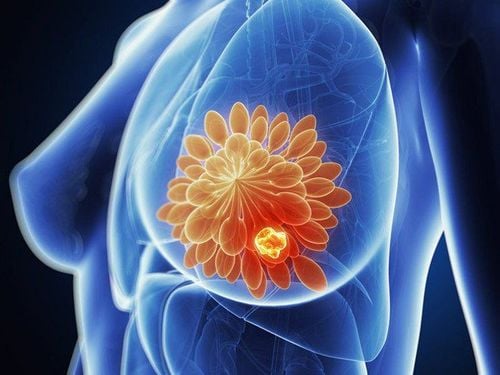
Những khối u ác tính tại tế bào vú gây bệnh ung thư vú ở phụ nữ
2. Mammography - Screening method for early detection of breast cancer
Mammography is a method of using low-intensity X-rays to illuminate the mammary gland tissue, thereby reproducing the images obtained in the mammary gland for analysis and evaluation.This technique helps doctors evaluate and detect breast abnormalities or tumors at an early stage, even when the patient has not yet shown any symptoms. This is considered a success for medicine, because in the treatment of breast cancer, the earlier the disease is detected, the higher the chance of a complete cure.
Experts, through many researches and clinical experiments, have determined that mammograms have the potential to help detect breast cancer at an early stage, especially in cases of non-invasive cancer. (also called ductal carcinoma in situ ductal carcinoma in situ). When the disease is detected early, the patient has a very high chance of being completely cured, even able to perform breast-conserving surgery for the patient.
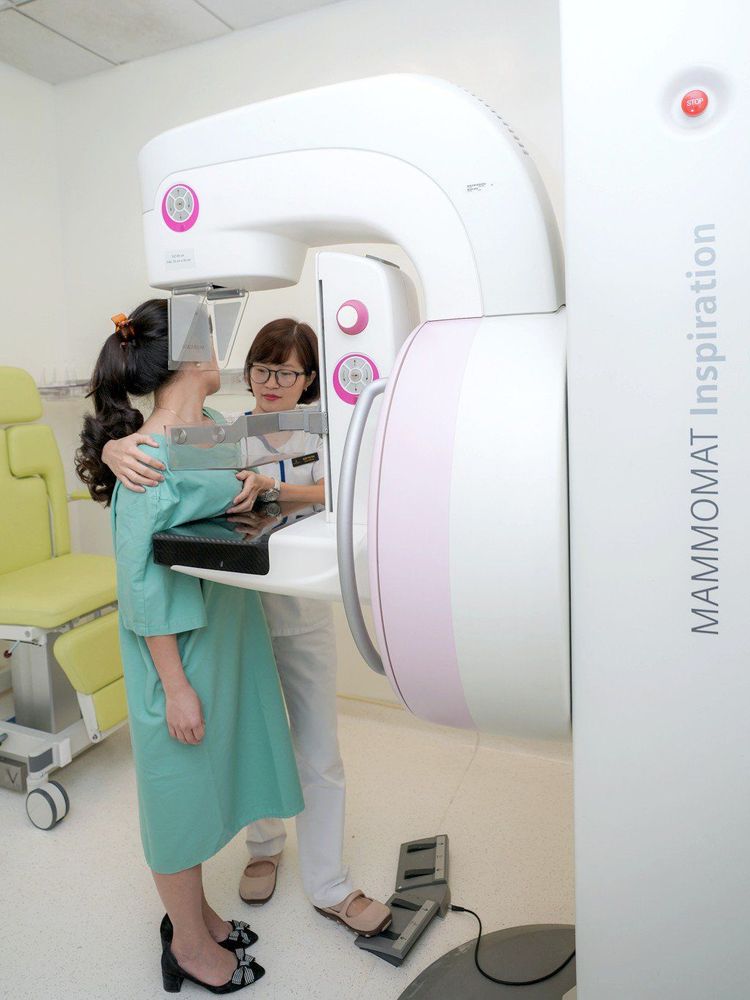
Chụp X-quang tuyến vú tại Vinmec, giúp khách hàng phát hiện sớm bệnh lý tuyến vú
3. Subjects recommended to have mammograms
Mammography is a fast, non-invasive and low cost breast cancer screening method. Therefore, healthy people, especially women, should form a habit of going for regular screening 1-2 times a year at the hospital to detect breast cancer early, thereby having treatment. effectiveness and increase the likelihood of cure.
According to the American Cancer Society, mammograms are recommended for some people who fall into one of the following situations:
Women 40 years of age and older: At this age, the incidence of the disease. breast cancer increased significantly. Women under 40 years old, but their physical constitution puts them at high risk of breast cancer because they carry the BRCA1 - BRCA2 mutation gene, there are cases of breast cancer in the family, for those who are obese, have diabetes, not If you have a baby, don't breastfeed, you should have a mammogram to screen for cancer 5 years before recommended. Subjects have thick, fatty mammary glands; through ultrasound and clinical examination but did not detect or clearly detect abnormalities in the mammary gland. Subjects have abnormal signs in the breast such as uneven growth on both sides, palpable mass and pain, nipple discharge, abnormal breast skin color....
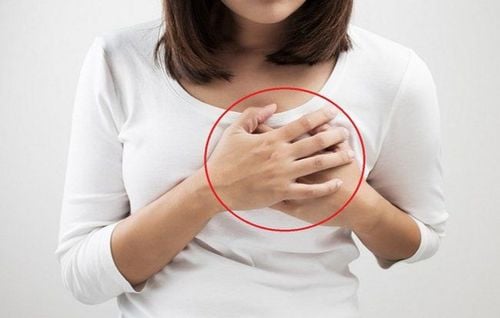
Phụ nữ có triệu chứng đau ngực kéo dài nên đi chụp Xquang tuyến vú
4. Some notes when conducting mammograms
When mammography is performed, only a small amount of X-ray is performed with low intensity, so it does not affect health.
However, mammography is contraindicated for women who are pregnant in the first 3 months, women who are pregnant in the following months, if they want to proceed, need consultation and agreement between doctors. image and clinician. In addition, special attention should be paid to cases of breast abscess, breast implant placement, etc.
For women who have not yet reached menopause, the mammogram should be performed 1 week after menstruation has stopped. . At that time, the level of estrogen in the blood has decreased, the mammary glands are less tight and water retention, helping to observe and diagnose more accurately.
Therefore, every month after the end of the menstrual cycle, women should massage their breasts, if they detect abnormalities, they should go to a specialized medical facility for examination, thereby having timely treatment methods. time if you get sick.
Also, it should be noted that an abnormal mammogram does not mean breast cancer. To determine and give an accurate conclusion whether a patient has breast cancer or not, it is necessary to conduct other techniques such as biopsy, fine needle aspiration or is indicated for ultrasound, blood tests, CT scan, mammogram. MRI....
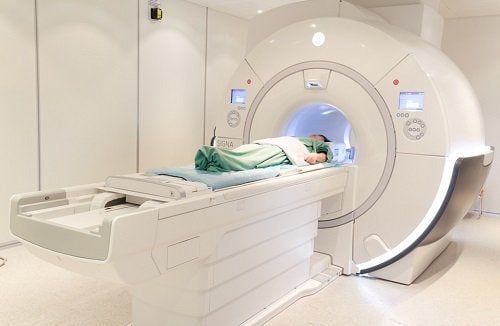
Phương pháp chụp MRI tuyến vú giúp chẩn đoán chính xác ung thư vú ở phụ nữ
Vinmec International General Hospital has been deploying Packages for screening and early detection of breast - gynecological cancer for female customers over 40 years old, who need to be able to screen for cancer. breast-gynecological (cervical, uterine, ovary). Support customers to examine and detect diseases early for timely treatment.
When registering the Package for screening and early detection of breast - gynecological cancer, customers will receive:
Examination and consultation with a specialist in Obstetrics and Gynecology. Screening for breast cancer by laboratory tests, diagnostic imaging: bilateral breast ultrasound and mammogram. Cervical cancer screening through the automated system HPV genotype PCR test and transvaginal ultrasound of the uterus and ovaries
To register for examination and treatment at Vinmec International General Hospital, you can contact the nationwide Vinmec Health System Hotline, or register online HERE.






